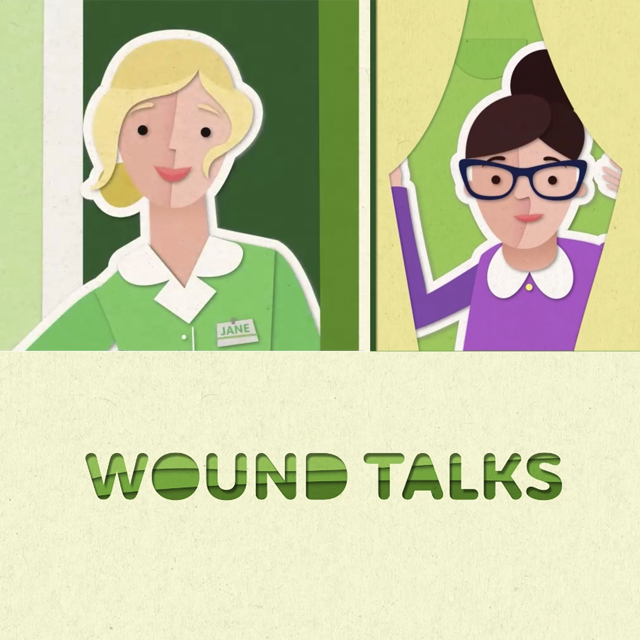Knowledge
Learn from experts - your way
Find expert insights and trusted information designed to support both healthcare professionals and patients. Explore articles, videos, and resources that advance clinical knowledge and improve patient care.
Gain insights from experts
Find expert insights and trusted information aimed to support both healthcare professionals and patients. Explore articles, videos and resources that advance clinical knowledge and improve patient care.
View all articlesBuild your learning pathway
The best way keep learning is to follow a plan. Register on the Clinical Learning Hub to keep track.
Start learning todayHighlighted articles
-

Wound care | 5 min read Safetac®: the innovation that changed wound care forever
With the invention of Safetac, Mölnlycke revolutionised wound care, introducing a range of groundbreaking dressings specifically designed to minimise pain at dressing change. Discover how Safetac technology can benefit you and your patients.
-

Gloves | 2 min read Culture of OR safety: Double gloving for effective hand protection
Improving surgical gloving practice
-

Surgical | 1 min read 10% more surgeries performed in Belgium
At AZ Sint-Jan Bruges-Ostend Av in Belgium, Mölnlycke® ProcedurePak® trays are improving the efficiency of the operating theatre.
-

Surgical | 1 min read Tray changes increase procedures by 17% in Finland
Splitting two existing Mölnlycke® ProcedurePak® tays into four new trays – and colour coding for easier stock management – helped Coxa Hospital in Finland boost its efficiency.

FUN ANIMATED WAY TO LEARN
Wound Talks: 10 Essentials of Wound Healing
Are you able to hear what wounds are trying to tell you? Do you know how to tell when wounds are healing normally by what the wound itself “says”?
Join us to get healing moving.
Why learn with us
-
Learn from industry leaders
Access the expertise of top industry professionals with years of hands-on experience.
-
Advance your skills
Stay ahead with targeted learning that enhances your skills and enriches your career.
-
Earn recognised certificates
Showcase your achievements with certificates that highlight your dedication to healthcare excellence.